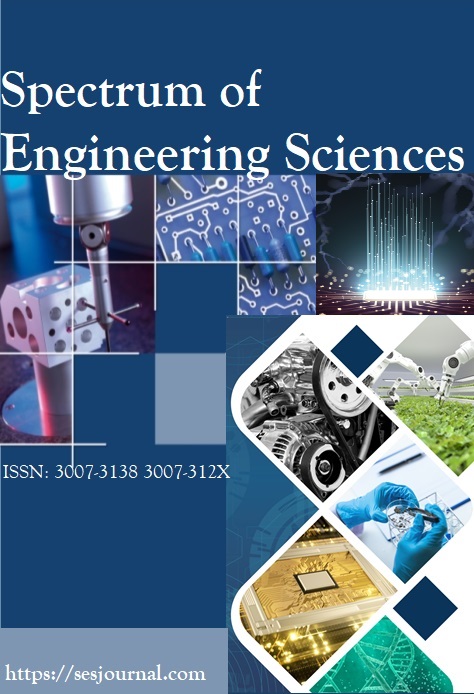POST-QUANTUM CRYPTOGRAPHY: FROM THEORY TO PRACTICE
Keywords:
Post-Quantum Cryptography, Lattice-Based Cryptography, Quantum Attacks, NIST Standardization, Cryptographic Algorithm Migration, IoT Security, Quantum Key DistributionAbstract
Quantum computers have developed into a leading thrust for new Post-Quantum encryption algorithms in the last ten years. However, there are systems generating quantum resistant systems. The security and safety of a system is based upon trusting the software. Cryptographic content, such as digital signatures in program images, can be trusted through a process whereby you issue images only to entities you know and trust. However, big (and bigger) quantum computer systems have decreased the safety of cryptographic primitives like Rivest-Shamir-Adleman (RSA) and Elliptic-Curve Cryptography (ECC), so with the motion to transport to Post-Quantum Cryptography (PQC) we want to transport, and it's far essential that we move. The paper discusses modern-day cryptographic schemes (symmetric and asymmetric), the consequences and dangers of quantum computing, quantum algorithms (Shor`s, Grover's), public key cryptography, symmetric schemes of concern, side-channel attacks, fault analysis, every approach of countermeasures to [provide a] quantum-resilient environment, a taxonomy of protection protocols, hybrid types of cryptography, stable communications models, the significance of hash functions, and post-quantum cryptography. The Post Quantum Cryptography respective phase discusses the numerous quantum key distribution strategies in addition to the mathematical schemes, along with lattice-primarily based totally cryptography, multivariate-primarily based totally cryptography, hash-primarily based totally signatures, and code-primarily based totally algorithms for encryption schemes. It specializes in present standardized algorithms (i.e., Kyber, Dilithium, and SPHINCS+). The implementation of PQC being included into present protection protocol frameworks (i.e., TLS, SSH, and DNSSEC) and as carried out to the Internet of Things (IoT).where limitations in resources and architectural constraints are vital points, has also been addressed in the survey. Both categories have advantages and disadvantages. All in all, lattice-based schemes are simple to implement and realize the optimal compromise among performance, key size, and memory requirements.
















